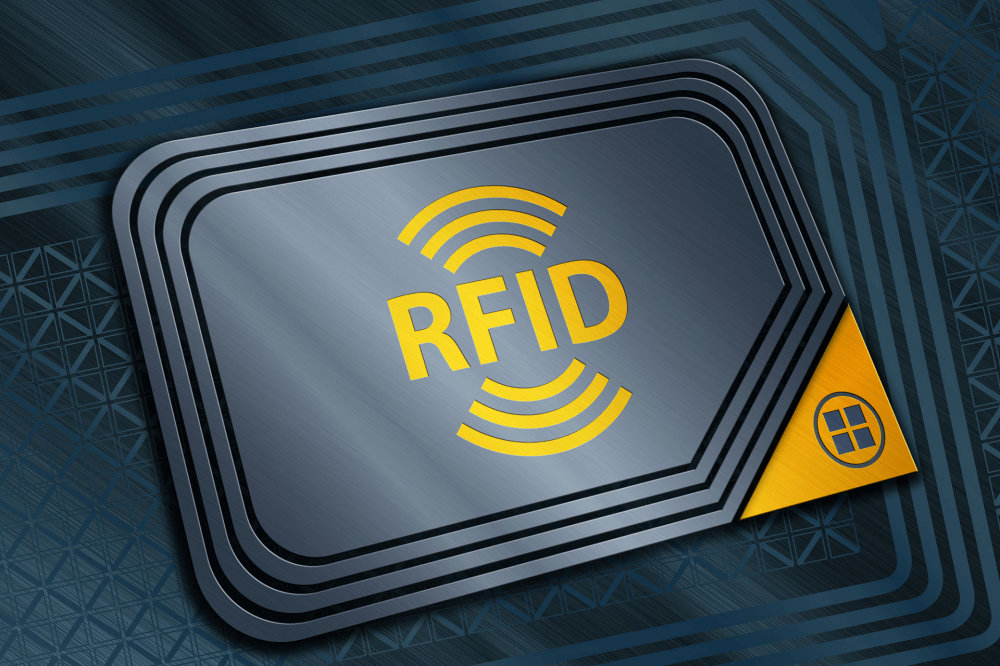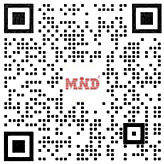The global RFID (Radio Frequency Identification) industry continues to demonstrate remarkable growth and innovation in 2025, driven by technological advancements and expanding applications across diverse sectors. As a pivotal component of the Internet of Things (IoT) ecosystem, RFID solutions are transforming traditional workflows into intelligent, data-driven processes with unprecedented efficiency and accuracy.
Technological Breakthroughs Redefining Capabilities
Recent developments in RFID technology have focused on enhancing performance while reducing costs. Ultra-high frequency (UHF) RFID has emerged as the dominant standard, offering reading distances of up to 13 meters and the ability to process over 1,000 tags per second—critical for high-volume logistics and retail environments. The integration of artificial intelligence with IoT (AIoT) has further elevated RFID’s potential, enabling predictive analytics in supply chains and real-time decision-making in manufacturing.
Notably, innovations in anti-counterfeiting technologies have achieved new milestones. Advanced hybrid bump structures in RFID tags now automatically disable when tampered with, providing robust protection for high-value goods and sensitive documents. Meanwhile, flexible electronics have enabled the production of ultra-thin tags (under 0.3mm) capable of withstanding extreme temperatures (-40°C to 120°C), making them ideal for industrial and healthcare applications.
Market Expansion and Adoption Trends
Industry reports indicate sustained market growth, with the global RFID sector projected to reach $15.6 billion in 2025, reflecting a 10% increase from the previous year. China maintains its position as a key growth engine, accounting for approximately 35% of worldwide demand. The retail apparel sector alone is expected to consume over 31 billion RFID tags this year, while logistics and healthcare applications demonstrate accelerating adoption rates.
Cost reductions have been instrumental in driving widespread implementation. The price of UHF RFID tags has decreased to $0.03 per unit, facilitating large-scale deployments in retail inventory management. In parallel, domestic production capabilities have expanded significantly, with Chinese manufacturers now supplying 75% of the domestic UHF RFID chip demand—a substantial increase from just 50% five years ago.
Transformative Applications Across Sectors
In logistics and supply chain management, RFID solutions have revolutionized operations. Major e-commerce platforms report 72% reductions in lost shipments through automated tracking systems that monitor goods from warehouse to final delivery. The technology’s ability to provide real-time visibility has reduced inventory discrepancies by up to 20%, translating to billions in annual savings industry-wide.
The healthcare sector has embraced RFID for critical applications ranging from surgical instrument sterilization tracking to temperature-sensitive pharmaceutical monitoring. Implantable RFID tags now enable continuous patient vital sign monitoring, cutting postoperative care costs by 60% while improving safety standards. Hospitals utilizing RFID-based asset management systems have reported 40% improvements in equipment utilization rates.
Retail environments benefit from smart shelf technology that automatically detects stock levels, reducing out-of-stock instances by 30%. Combined with mobile payment integration, RFID-enabled stores offer seamless checkout experiences while gathering valuable consumer behavior data.
Manufacturing has seen particularly strong adoption, with 25% of industrial facilities now incorporating RFID-sensor fusion systems for real-time production monitoring. These solutions provide granular visibility into work-in-progress, enabling just-in-time adjustments that improve yield rates by up to 15%.
Sustainability and Future Outlook
Environmental considerations have spurred innovations in eco-friendly RFID solutions. Biodegradable tags with 94% recyclability rates are entering mass production, addressing electronic waste concerns. Reusable RFID systems in food service and packaging applications demonstrate the technology’s role in promoting circular economy models.
Looking ahead, industry experts anticipate continued expansion into new verticals, with smart city infrastructure and agricultural monitoring representing promising frontiers. The convergence of RFID with blockchain for enhanced traceability and 5G for faster data transmission will likely unlock additional capabilities. As standardization efforts progress, interoperability between systems is expected to improve, further lowering barriers to adoption.
This wave of innovation underscores RFID’s evolution from a simple identification tool to a sophisticated platform enabling digital transformation across industries. With its unique combination of reliability, scalability, and cost-effectiveness, RFID technology remains positioned as a cornerstone of enterprise IoT strategies well into the next decade.
Post time: Jul-07-2025






